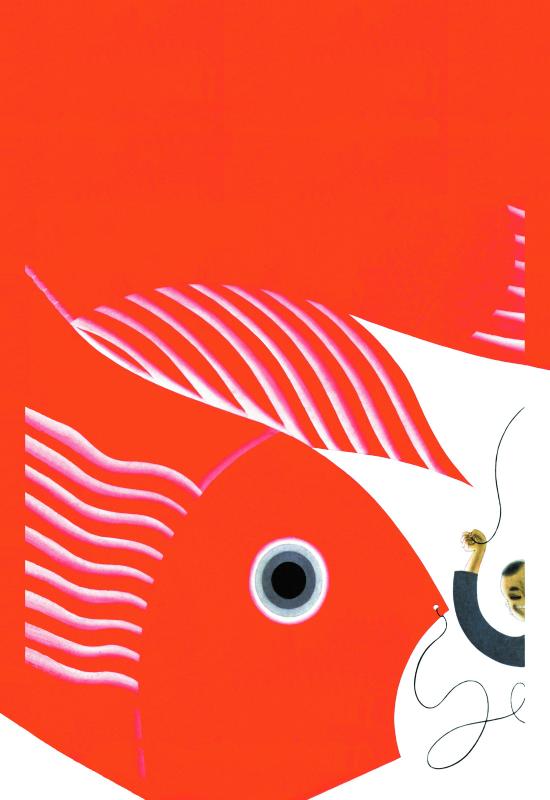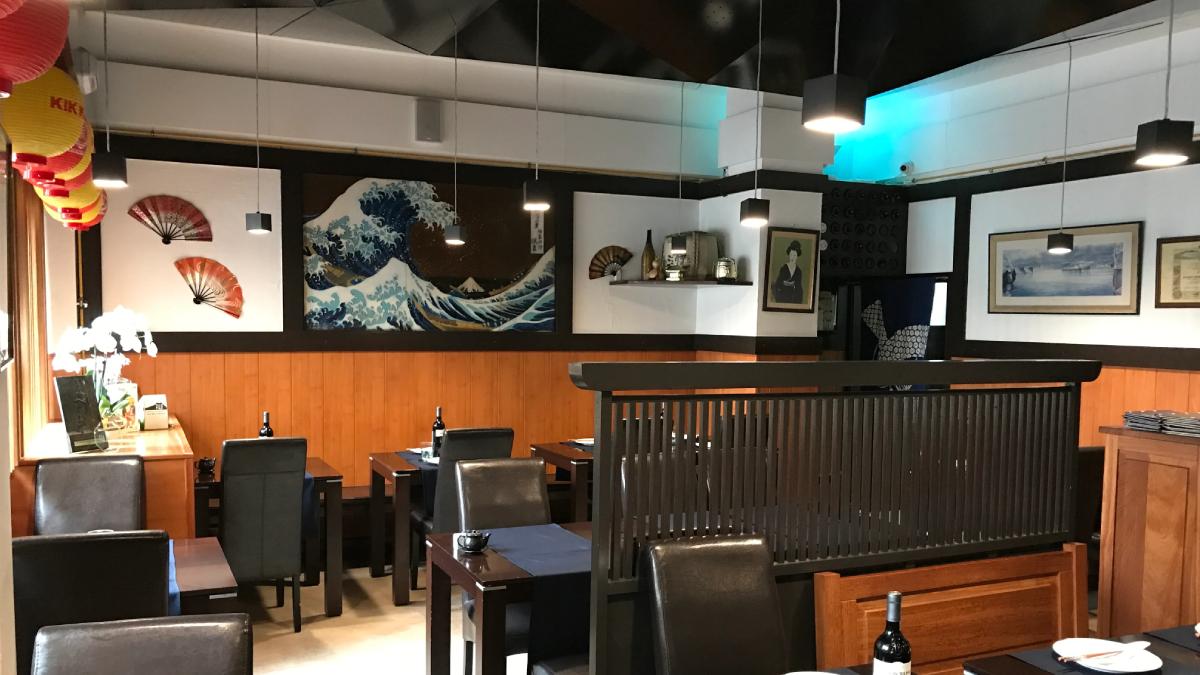Click here to read the Spanish version.
Before this blessed and cursed globalization that we entered at the end of the 20th century caused the current fusion and confusion of cultures, customs, fashions and flavors, there were few places on the planet where you could find flavors from worlds very different from your own. Until a few decades ago, our palates were confined to the four cardinal points of the world in which we were born. Nothing existed outside of the four known varieties of taste: sweet, salty, sour and bitter. Those four divisions of taste, in addition to determining our location in the world, delimited the boundaries of our gastronomic enjoyment.
But before arriving at Fuji, the first Japanese restaurant opened in Spain, let’s travel back in time to the cosmopolitan port city where it was born. It was a city already open to tourism with a desire for new experiences. In the 1960s, Japanese fishing companies, with enormous activity throughout the western Atlantic, from South Africa to the Mediterranean, decided to establish their logistical bases in the strategic Port of La Luz and Las Palmas, thanks to its central location, tax benefits, solid infrastructure and political stability. It was the place where ships were repaired, work was supervised and crews rested.

During the summer, up to 130 tuna boats, with their correspondingly large crews, docked in the Canarian port every month. It was a constant flow of sailors who, for three or four nights, would let themselves be carried away by what the neighborhoods had to offer. They even had their own exclusive night bars, with neon signs in Japanese that instilled a certain fear and looked like something out of a yakuza movie, and where no Spaniard dared to enter.
At the same time, in Las Palmas de Gran Canaria there was a considerable colony of Japanese people living permanently, almost a thousand white-collar employees of the fishing companies. All the ingredients were therefore at hand, and all that was missing was the cook to take us to that Japanese secret they call umami.
That man’s name was Tohishiko Sato. Born in Miyagi in 1942, he wanted to be a sailor but ended up in the kitchen. He cooked in the Olympic Village for the 1964 games, and an ornithological expedition took him to the Canary Islands. He liked the island capital, stayed and opened a couple of non-Japanese restaurants that did not work out well. It was then that he realized that there was no supply for his own colony.
The Fuji restaurant opened in 1967, when no one imagined what a Japanese restaurant should be like. So it was, at first, like the izakaya, the popular taverns of Tokyo: an austere dining room with a gastronomic master of ceremony who was Mr. Sato, a stoic Japanese.
The food was also very different from what we understand today in Europe as a Japanese restaurant. It had an extensive menu and many dishes that required a lot of preparation. It had nothing to do with the typical formula of makis and rolls, which are a simplistic adaptation for the West.
Combined take-out menus
In its golden years, in the 1970s and 1980s, Fuji was the nucleus of an almost secret, mysterious and nocturnal world, evocative of those urban oriental films in which violence floats as much as spirituality. Meanwhile, in the offices where the white-collar Japanese worked, the workdays stretched until eleven o’clock at night. Surrounded by papers and cigarette smoke, Mr. Sato appeared with the bento boxes made in Fuji.
Bento boxes, for the uninitiated, are the combined take-away menus, arranged on trays, that are sold on trains in Japan and that feed the troop of office workers who commute from their homes to the office every day. It is the origin of those little boxes that are now sold to us on the supermarket shelves.
That’s how the business grew. The link between these two Japanese communities was the Fuji, which one day cooked for the official events of the CEOs or the powerful consulate and, the next, hosted the parties of the crews. Such was the need to emulate the customs of his distant land that, taking advantage of the fact that the islands were free port and all the Japanese technology arrived, he also installed the first karaoke for the sailors’ parties. While in the peninsula Manolo Escobar was looking for his car, in the streets and bars of the capital of Gran Canaria, European tourists, Arab workers, Soviets, Indians and Koreans intertwined in a joyful madness, unimaginable at that time in Madrid or Barcelona.
The Fuji was nourished mainly by its own, but little by little, the canaries who attended the consulate parties or were related to the Japanese community began to fill its uncomfortable tables.
Mr. Sato hung up his utensils in 2007 and passed on to Miguel Martinez, his historic head chef, the original spirit of the house, which today is simplified and multiplied in every corner of every place.
Mr. Sato’s last years were not as easy as his beginnings. The loss of control of the Saharawi fishing grounds to Morocco caused a large part of the international fishing fleets to leave Las Palmas de Gran Canaria. The Japanese school, for example, closed in 2002 for lack of demand. And in the absence of its traditional clientele, the Fuji had to adapt to the demand of Spanish clients.
Now, in a new location since 2022, on the beach of Las Canteras, Fuji is committed to reinventing itself and rediscovering itself.

